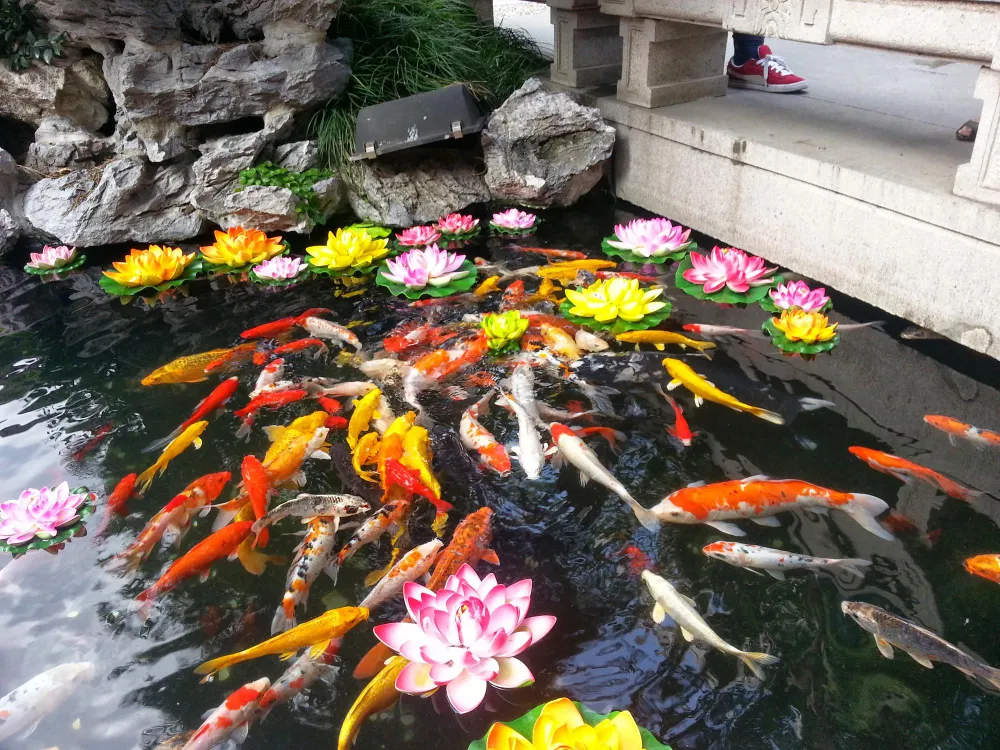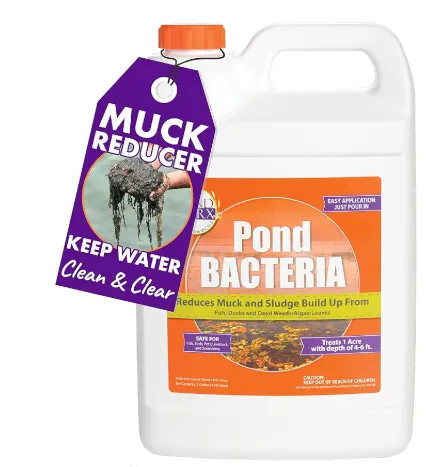

Koi Water Quality: The Ultimate Guide to Healthy and Happy Koi – Achieving Optimal Koi Water Quality
Koi fish are not just beautiful; they’re living jewels that add serenity to any backyard pond. But maintaining their vibrant colors and robust health requires one crucial element—excellent water quality. In this article, we’ll dive deep into the ins and outs of koi water quality, so you can keep your finned friends thriving.
Understanding koi water quality is essential for every koi keeper. Frequent monitoring of koi water quality not only helps in maintaining fish health but also enhances the overall aesthetics of your pond.
Why Water Quality Matters for Koi
Focusing on koi water quality can prevent many common problems associated with fish health. Regular checks on koi water quality will allow you to adjust parameters as needed.
Water is to koi what air is to humans. Poor water quality can lead to stress, disease, and even death in your koi. A well-maintained pond ensures that your koi can live long, healthy lives while showcasing their stunning colors.
The success of koi keeping lies in understanding and maintaining koi water quality. Simple changes can significantly improve koi water quality.
Key Parameters of Koi Pond Water Quality
pH Levels
Maintaining low ammonia levels is crucial for koi water quality. Regular testing and monitoring of koi water quality can help avoid toxic conditions.
The pH level measures the acidity or alkalinity of your pond water. Koi thrive in a pH range of 7.0 to 8.5. Sudden changes in pH can stress your fish, so consistency is key.
Monitoring nitrite and nitrate levels is key to ensuring koi water quality. Healthy koi need optimal koi water quality to thrive.
Ammonia Levels
Providing dissolved oxygen is vital for maintaining koi water quality, especially in warmer months. Always consider koi water quality when setting up your pond.
Ammonia is produced from fish waste and decomposing organic matter. Even small amounts can be toxic. Aim for ammonia levels to stay at zero, and invest in a good filtration system to handle waste effectively.
Nitrite and Nitrate Levels
Nitrites are converted from ammonia, and nitrates are the final product of this cycle. While nitrates are less harmful, both should be kept within safe limits. Regular water testing can help you monitor these levels.
Dissolved Oxygen
Different filtration systems contribute to improving koi water quality by removing impurities. It’s essential to choose a system that suits your pond’s requirements for optimal koi water quality.
Koi need oxygen-rich water to thrive. Install aerators or waterfalls to keep the oxygen levels high, especially during hot weather when oxygen tends to deplete.
Water Hardness
Beneficial bacteria not only help in breaking down waste but also play a significant role in maintaining koi water quality. Ensure your pond supports a healthy population of these bacteria.
General hardness (GH) and carbonate hardness (KH) stabilize the pH and provide essential minerals. Aim for a moderate level of hardness to keep your koi healthy.
Inconsistent maintenance can lead to poor koi water quality. Regular checks ensure the koi water quality remains optimal for the health and well-being of your fish.
Filtration Systems for Koi Ponds
A good filtration system is the backbone of a healthy koi pond. Use a combination of biological and mechanical filters to remove waste and harmful substances. UV clarifiers can also prevent algae blooms and keep the water crystal clear.
Keeping algae at bay is essential for maintaining koi water quality. Implementing natural methods can aid in achieving excellent koi water quality.
The Role of Beneficial Bacteria
Understanding the impact of feeding practices on koi water quality can prevent issues arising from overfeeding. Responsible feeding contributes significantly to overall koi water quality.
Beneficial bacteria break down harmful ammonia and nitrites, making the water safer for koi. Encourage their growth by using biological filters and avoiding harsh chemical treatments.
Incorporating aquatic plants not only beautifies your pond but also enhances koi water quality. They help in nutrient absorption and contribute to the overall health of koi water quality.
Regular Maintenance of Koi Pond Water
Consistency is key. Skim debris daily, check water parameters weekly, and perform partial water changes as needed. Seasonal maintenance ensures your pond stays balanced throughout the year.
Investing in high-quality monitoring tools is essential for maintaining koi water quality. Regular checks will give you peace of mind regarding the health of your koi.
Preventing Algae Growth
Addressing water quality issues promptly is vital for maintaining koi water quality. Timely interventions can save your koi from distress.
Algae can quickly turn your beautiful pond into a green mess. Limit sunlight exposure, avoid overfeeding, and use aquatic plants to naturally combat algae growth.
Seasonal changes can affect koi water quality significantly. Be proactive in adjusting parameters to keep your koi healthy.
Feeding Practices and Water Quality
Overfeeding your koi can lead to uneaten food decaying in the water, which raises ammonia levels. Feed only what your koi can consume in 5 minutes to keep water quality in check.
Recognizing signs of poor koi water quality ensures timely action. Always keep an eye on your koi to maintain optimal water quality.
Plants and Their Role in Water Quality
New koi keepers should prioritize understanding koi water quality. Knowledge of water quality parameters is crucial for successful koi keeping.
Aquatic plants like water lilies and lotuses act as natural filters. They absorb excess nutrients, helping to prevent algae growth while providing shade and shelter for your koi.
Monitoring Tools for Water Quality
Invest in reliable test kits to monitor pH, ammonia, nitrites, and nitrates. Digital monitors and thermometers are also great tools to ensure your pond’s conditions remain optimal.
Dealing with Water Quality Issues
If you notice an ammonia spike or sudden pH drop, act quickly. Perform a partial water change, stop feeding temporarily, and check your filtration system for issues.
Weather and Its Effect on Koi Ponds
Hot weather can lower oxygen levels, while cold weather can slow down beneficial bacteria. Be prepared to adjust aeration and feeding practices based on the season.
Signs of Poor Water Quality in Koi
Look out for koi gasping at the surface, clamped fins, or discolored scales. These signs often indicate water quality issues that need immediate attention.
Tips for New Koi Keepers
If you’re new to koi keeping, start with a properly sized pond and invest in quality filtration. Avoid common mistakes like overstocking and overfeeding to keep your pond ecosystem balanced.
Conclusion
Maintaining excellent water quality is the secret to happy and healthy koi. By monitoring parameters, investing in good equipment, and staying consistent with maintenance, you can create the perfect environment for your fish to thrive.
FAQs
1. How often should I test my koi pond water?
Weekly water testing is ideal to catch any issues early.
2. What’s the ideal temperature for koi ponds?
Koi thrive in water temperatures between 65°F and 75°F.
3. Can tap water be used for koi ponds?
Yes, but it must be treated to remove chlorine and other harmful chemicals.
4. How do I prevent koi pond water from turning green?
Limit sunlight, control nutrients, and use UV clarifiers or aquatic plants.
5. Why is my koi fish gasping at the surface?
This usually indicates low oxygen levels or poor water quality. Check your aeration and water parameters.
You may also like
- https://giobelkoicenter.com/9-koi-fish-feng-shui/
- https://giobelkoicenter.com/lucky-number-of-koi-fish-in-a-pond/
- https://giobelkoicenter.com/koi-competitions/
- https://giobelkoicenter.com/cultural-significance-of-koi-fish/
Table of Contents
Passionate about fish keeping since elementary school in the 1980s, Giovanni Carlo has dedicated countless hours to collecting and breeding a diverse array of ornamental freshwater fish. From vibrant guppies and majestic koi to striking bettas and classic goldfish, he continues to explore the fascinating world of aquatics, sharing knowledge and enthusiasm with fellow fish enthusiasts.